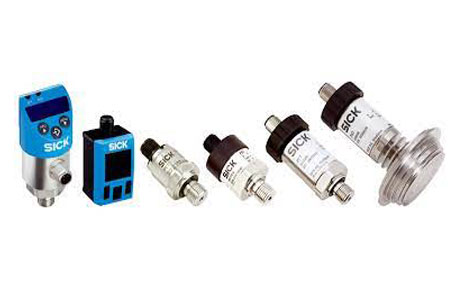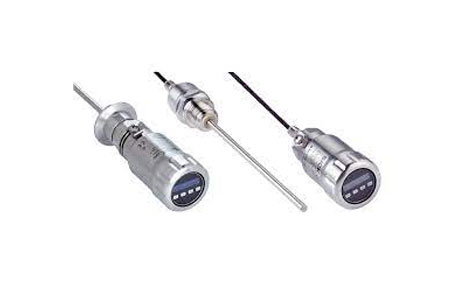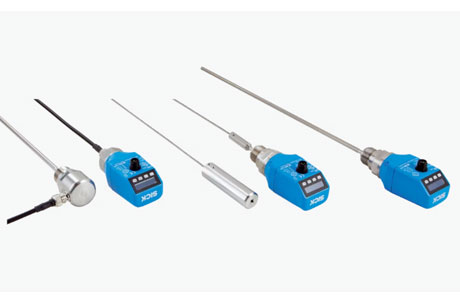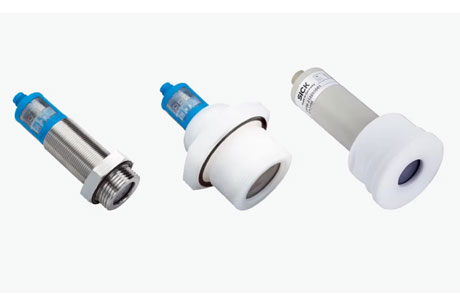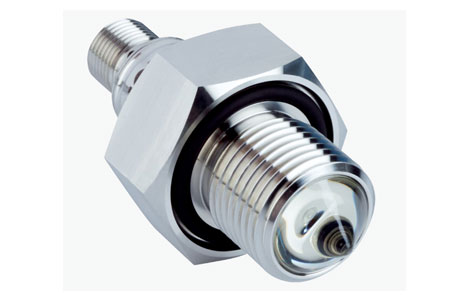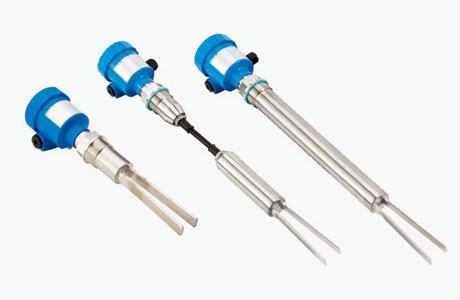Sick Level Sensor: Radar & Ultrasonic Level Sensors
At IndMALL Automation, we offer a wide range of Sick Level Sensors for various industrial applications. Our lineup includes the Sick LFV200 for fluid measurement, featuring a compact probe and a broad pressure range. The Sick LFP series, including the Inox and Cubic models, provides precise fluid level measurement with extended probe lengths and high-temperature tolerance
The Sick Ultrasonic Level Sensor UP56 measures levels in both fluids and bulk solids for diverse environments. The Sick Level Switch GRF18S, Sick LFP Cubic and the Sick Radar Level Sensor LBV300 offer specialized solutions for level switching and bulk solid measurement. We can assure our prices are better than those of Authorized Sick Ultrasonic Level Sensor Dealers or Sick Level sensor distributors.
Sick Level Sensor: LFV200
- Medium: Fluids.
- Probe Length: 67 mm; Pressure Range: –1 bar to 64 bar.
- Temperature Range: –40 °C to +100 °C.
- Accuracy: ± 2 mm; Response Time: 500 ms.
- Supply Voltage: 9.6 V DC to 35 V DC.
- Output: Transistor output PNP.
- Connection: M12 round connector, 4-pin.
Sick LFP Level Sensor
LFP Inox Level Sensor specifications are:
- Medium: Fluids; Probe Length: 1,300 mm.
- Pressure Range: –1 bar to 16 bar; Temperature Range: –20 °C to +150 °C.
- Accuracy: ± 5 mm; Response Time: < 400 ms.
- Supply Voltage: 12 V DC to 30 V DC.
- Output Signal: 1 x PNP + 1 x PNP/NPN + 4 mA to 20 mA / 0 V to 10 V.
- Connection: M12 x 1, 5-pin connector; Enclosure Rating: IP67, IP69K.
Sick LFP Cubic
LFP Cubic TDR Level Sensor features are:
- Medium: Fluids; Probe Length: 400 mm.
- Pressure Range: –1 bar to 10 bar.
- Temperature Range: –20 °C to +100 °C.
- Accuracy: ± 5 mm; Response Time: < 400 ms.
- Supply Voltage: 12 V DC to 30 V DC.
- Output Signal: 1 x PNP + 1 x PNP/NPN + 4 mA to 20 mA / 0 V to 10 V.
- Connection: M12 x 1, 5-pin connector.
Sick Ultrasonic Level Sensor: UP56
UP56 Ultrasonic Level Sensor specifications are:
- Medium: Fluids and bulk solids.
- Measuring Range: 200 mm to 1,300 mm in tank; 200 mm to 5,000 mm in immersion tube.
- Pressure Range: 0 bar to 6 bar.
- Temperature Range: –25 °C to +70 °C.
- Response Time: ≤ 180 ms; Supply Voltage: 9 V DC to 30 V DC.
- Output: 1 x PNP + 4 mA to 20 mA / 0 V to 10 V; Connection: M12 x 1, 5-pin connector.
Sick Level Switch: GRF18S
- Medium: Fluids; Light Source: LED, visible red light (650 nm).
- Pressure Range: –0.5 bar to 20 bar.
- Temperature Range: –10 °C to +55 °C.
- Response Time: 10 ms; Output: 1 x NPN.
- Supply Voltage: 10 V DC to 30 V DC.
- Connection: M12 round connector, 4-pin.
Sick Radar Level Sensor: LBV300
- Medium: Bulk solids.
- Measurement: Switch; Probe Length: 1,200 mm.
- Process Pressure: –1 bar to 25 bar.
- Process Temperature: –50 °C to +150 °C.Response Time: 500 ms when covered / 1,000 ms when uncovered.
- Supply Voltage: Double relay (DPDT): 20 V DC to 72 V DC / 20 V AC to 253 V AC.
- Output Signal: Double relay (DPDT).
- Connection Type: M20 x 1.5.
At IndMALL Automation, we provide a versatile range of SICK Level Sensors tailored for diverse industrial applications. Our lineup includes the SICK LFV200, ideal for fluid measurement with its compact probe and broad pressure range. For precise fluid level monitoring, the SICK LFP series, including the LFP Cubic and Inox models, offers extended probe lengths and high-temperature tolerance, making it suitable for demanding environments.
For multi-purpose applications, the SICK Ultrasonic Level Sensor UP56 ensures accurate measurement in both fluids and bulk solids, while the SICK Radar Level Sensor LBV300 is engineered for reliable bulk solid and level switching solutions. The LFP Cubic Level Sensor, along with the SICK GRF18S, delivers precision and efficiency for specific level measurement tasks.
To ensure seamless integration and operation, refer to the SICK Level Sensor Manual for detailed instructions. At IndMALL, we offer competitive SICK Level Sensor Prices compared to authorized SICK Ultrasonic Level Sensor Dealers or distributors. Whether you need a SICK Radar Sensor or a reliable LFP Cubic, IndMALL is your trusted source for premium-level sensing solutions.
Frequently Asked Questions
What is the Use of Level Sensor?
A level sensor is a device used to measure the level of liquids, powders, or granular materials. It provides accurate and continuous level measurement, crucial for process control and inventory management. These sensors are widely used in industries like water treatment, food and beverage, and chemical manufacturing, ensuring efficiency and safety in operations.
What are the two Methods of Level Sensor?
Level sensors primarily use two methods: continuous and point level measurement. Continuous level sensors provide real-time, precise measurements across a range, essential for process control.
Point level sensors detect specific levels, often used for overfill prevention or empty tank detection, ensuring operational safety and efficiency.
Which Sensor Detect Fluid Level?
Fluid level sensors are specialized devices designed to detect the level of liquids. They come in various types, including ultrasonic, capacitive, and float sensors.
These sensors are crucial in industries like water management, automotive, and food processing, ensuring accurate liquid level monitoring for efficient and safe operations.
What is the Most Commonly used Level Sensor?
The most commonly used level sensor is the ultrasonic level sensor. It employs sound waves to measure liquid levels accurately and reliably.
Widely favored in various industries, ultrasonic sensors are known for their non-contact nature and versatility in different environments. They are essential for consistent, precise liquid level monitoring in numerous applications.
If you required a Sick Level Sensor get a Call: at +91 79955 44066

